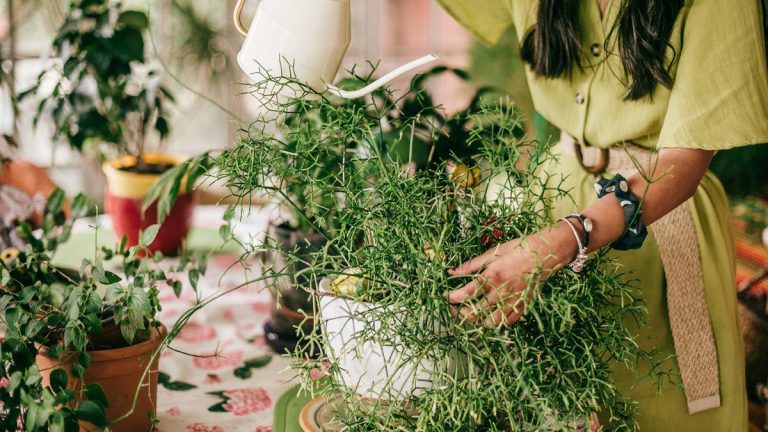Houseplants can liven up any space, and if you have enough of them, they can also ward off bugs and improve air quality in your kitchen, bedroom, or office. Potted plants are fun to maintain and grow, but if you choose the wrong type, keeping them alive can be a pain.
You'll be more successful as a plant parent if you choose plants that are low-maintenance or don't require hours of direct sunlight. Certain indoor plant species are objectively difficult to kill, while others are better at purifying the air. Translation: Some houseplants are better than others, especially if you don't have a lot of time and energy to devote to indoor greening.
Whether you work with limited natural light, a busy schedule, or musty air that needs purification, there are plenty of plants to meet your needs. (Be sure to also check out 10 Freeze-Hard Plants That Can Overwinter Outdoors to learn where to place your plants to make them last longer.)
plants that purify the air
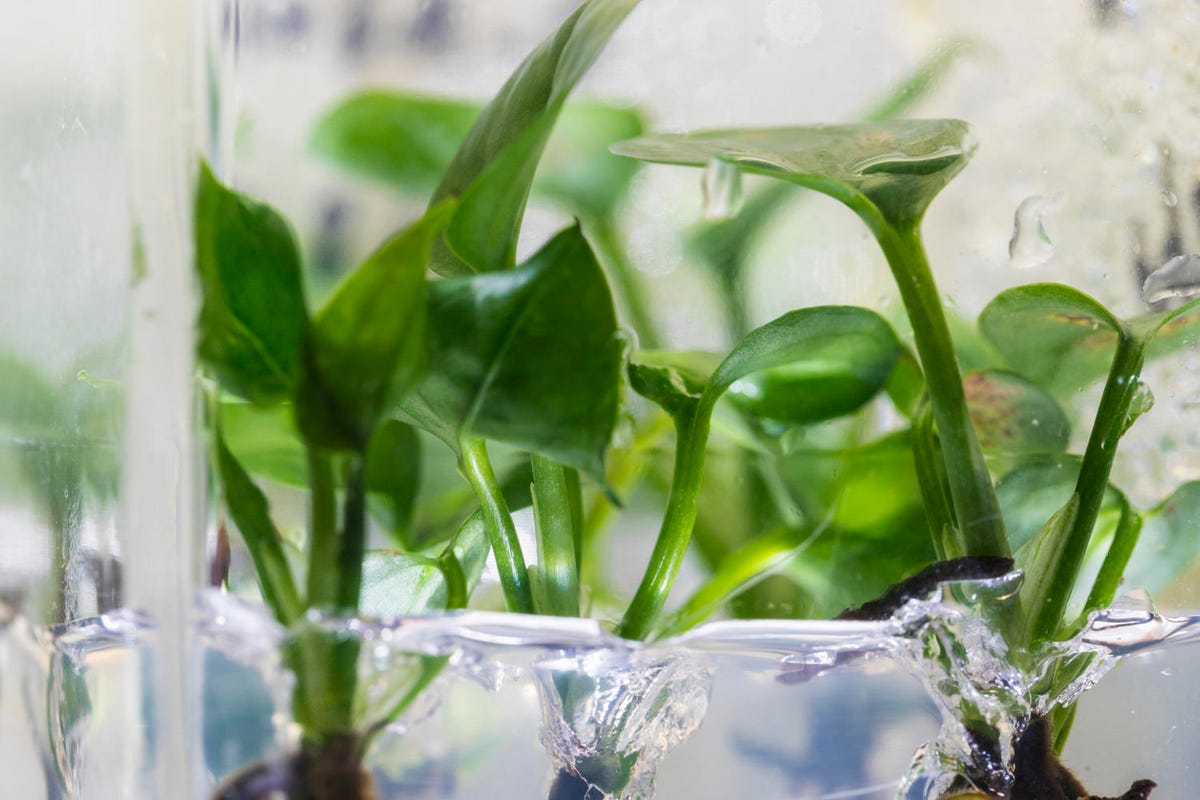
Researchers at the University of Washington genetically modified the common houseplant pothos ivy to remove chloroform and benzene from the surrounding air.
Mark Stone/University of Washington
Multiple studies have proven that certain plants can absorb polluting organic compounds such as formaldehyde and benzene through their leaves and roots. Its absorption purifies the air around the plant.
NASA research also revealed that some plants are better at purifying the air around them. If you want to breathe easier but don't want to buy an air purifier, choose one of these plants that have the ability to improve indoor air quality.
Marble Queen Pothos or Devil's Ivy (Epipremnum aureum)
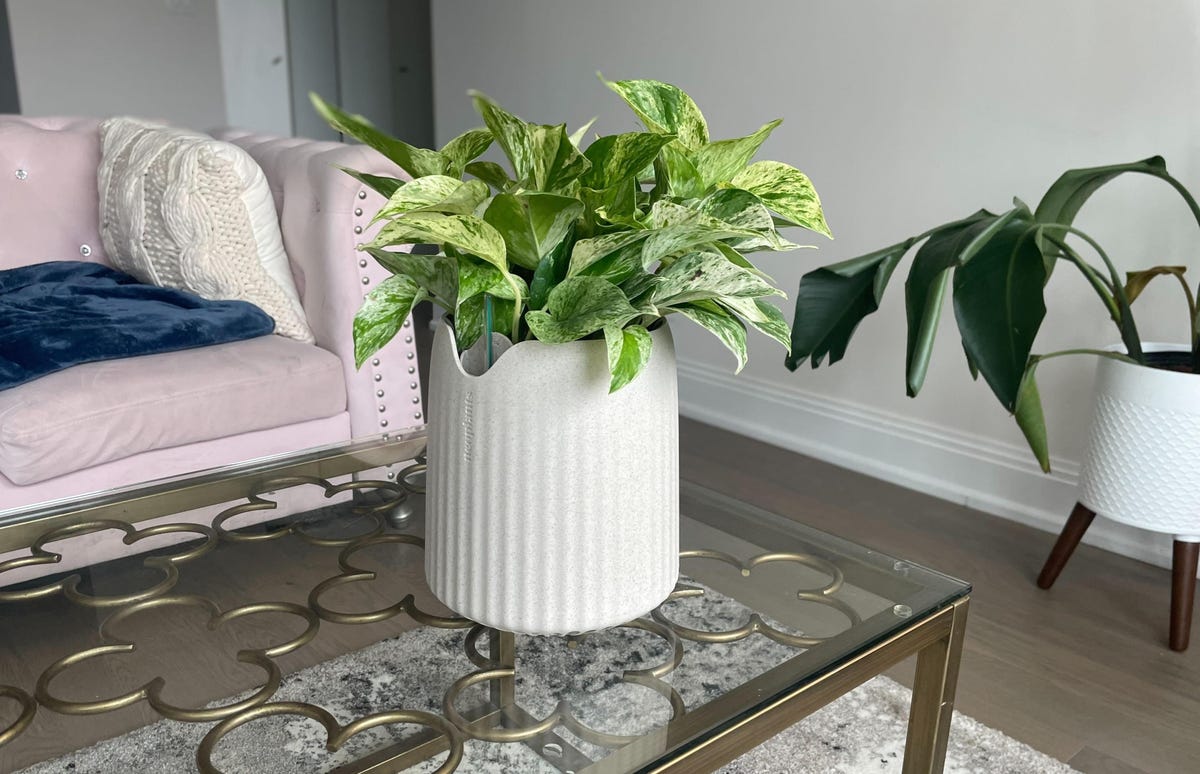
Marble queen pothos, like other houseplants, purifies the air.
David Watsky/CNET
Devil's ivy, also known as golden pothos, is an excellent air purifying plant known for removing harmful VOCs such as formaldehyde, benzene, and toluene. Especially suitable for those who find it difficult to grow plants. Pothos plants are nearly impossible to kill, hence their devilish nickname, and need only be watered every 7 to 10 days.
Pothos are so good at cleaning that biotech startup Neoplants is using the species in a microbiome-based air purification system that removes the same amount of toxins as 30 regular houseplants. It can be turned into an air purifier.
On the downside, marble queen pothos is not particularly pet-friendly and contains toxins that can harm your four-legged friend if ingested.
Peace lily (Spathiphyllum)
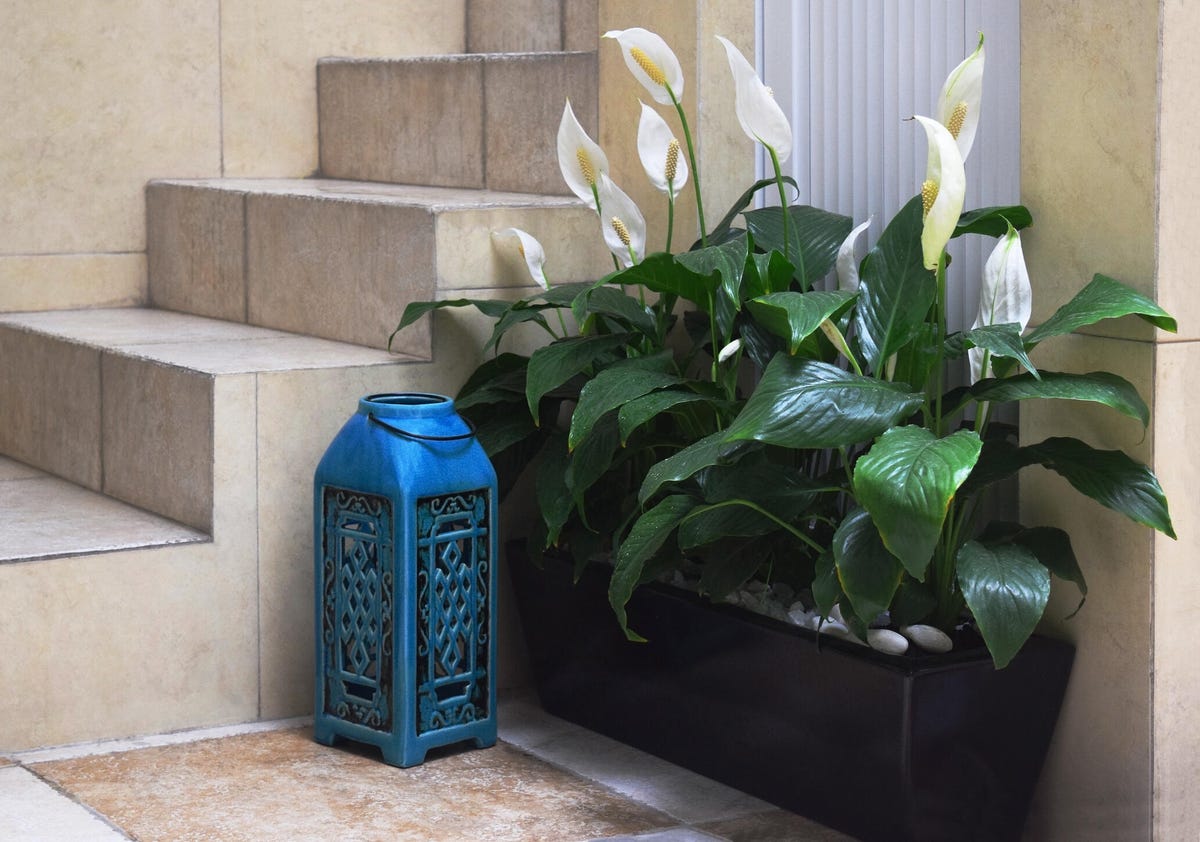
Peace lilies are suitable for homes that do not receive much direct sunlight.
Getty Images
Named for its white flowers reminiscent of a surrender flag, this budding beauty filters formaldehyde, benzene, and carbon monoxide from the air around it. Peace lilies grow up to 16 inches tall and do not require direct sunlight, but do require regular watering.
English ivy (Hedera helix)
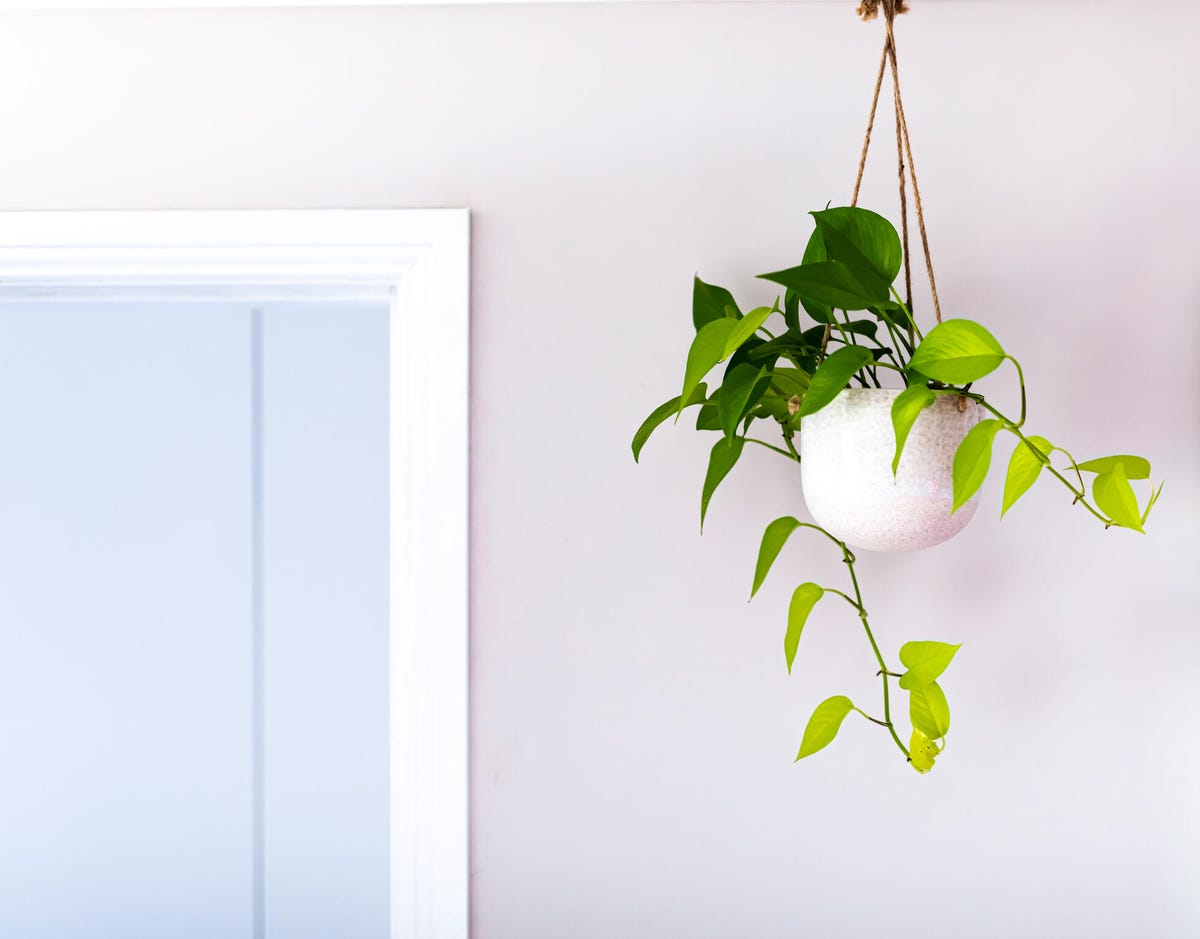
English ivy can reduce the amount of floating feces in your home.
Getty Images
According to a NASA study, English ivy is the best plant to grow indoors if you're looking for air filtration capabilities.
English ivy can absorb formaldehyde found in some household cleaners and reduce the amount of fecal matter suspended in the air. However, it can be toxic if ingested, so keep it out of reach of pets.
Gerbera daisy (Gerbera jamesonii)
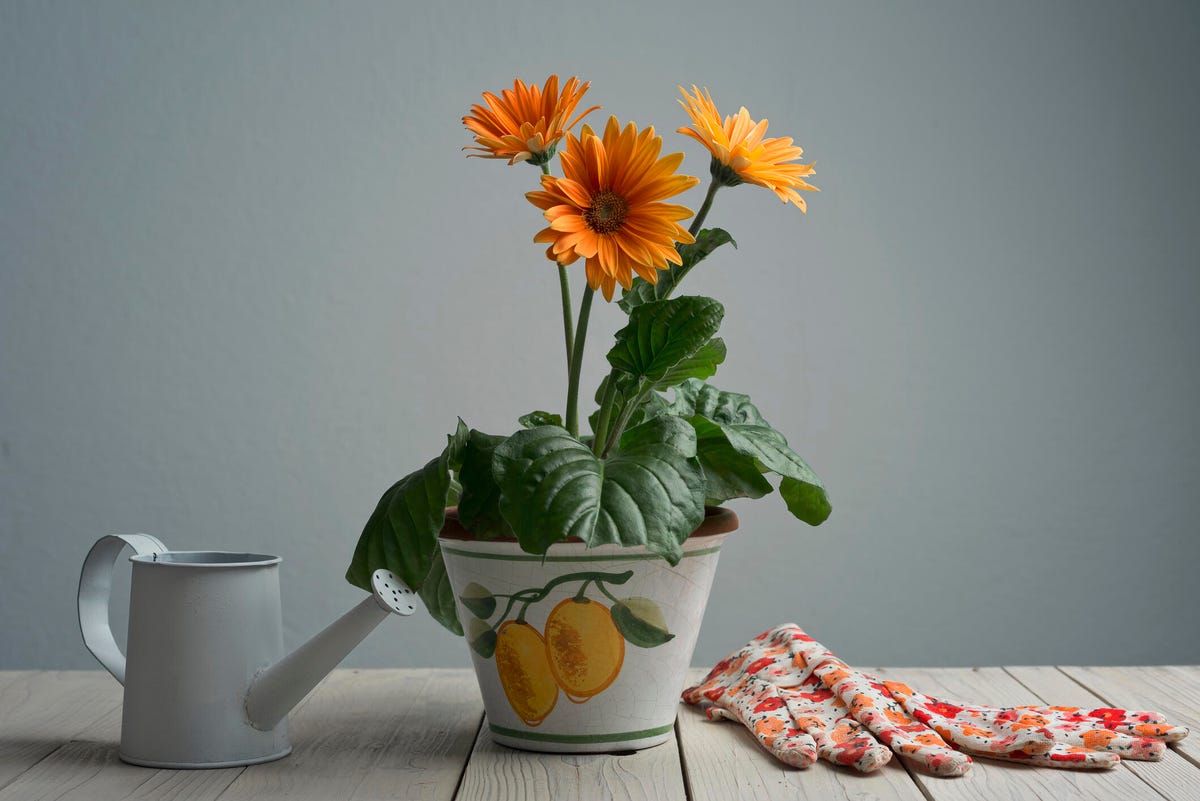
Gerberas add color and have an air-purifying effect.
Getty Images
These bright, colorful flowers are effective at absorbing pollutants, filtering out trichlorethylene and benzene found in detergents and solvents. Gerberas require plenty of direct sunlight, so keep them in a bright spot and water them frequently.
plants that don't need much light
Just because you live in a space with limited natural light doesn't mean you can't enjoy plants in your home. These shade-loving varieties are perfect for any home, especially when there is less sunlight.
Snake plant (Sansevieria trifasciata)
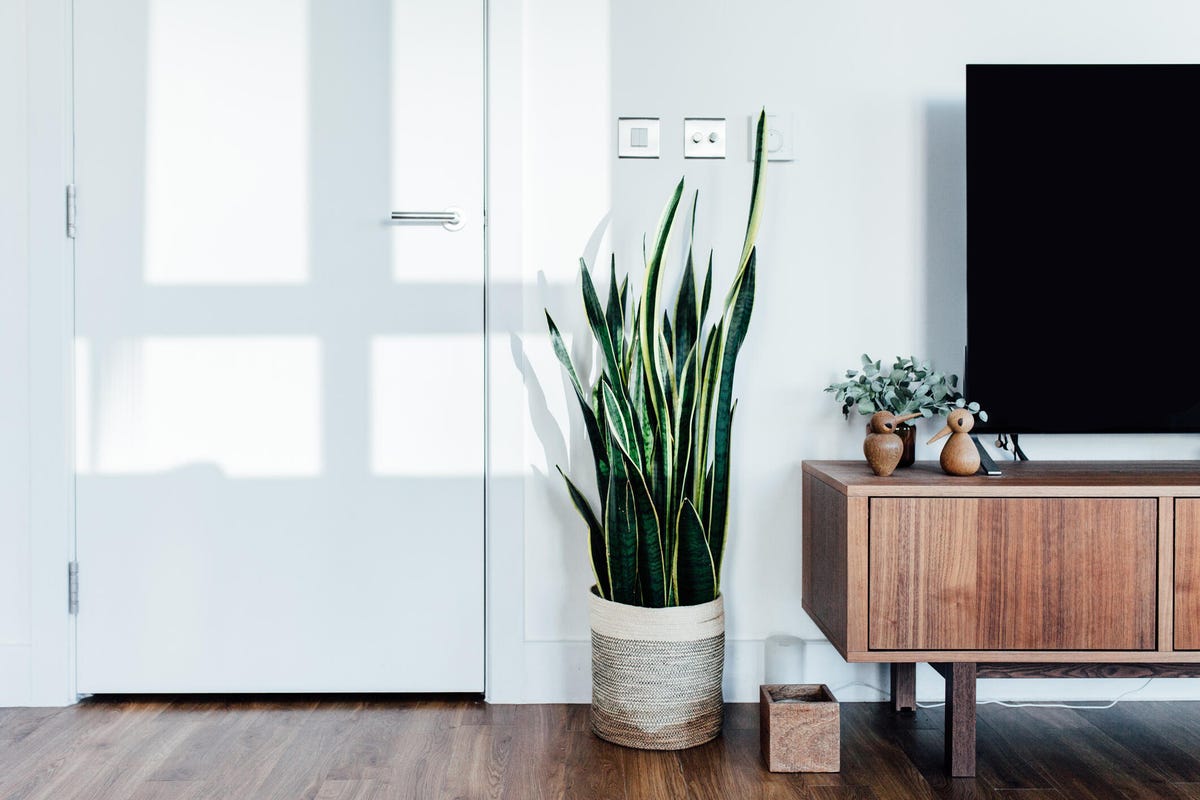
Snake plants, unlike most other plant species, release oxygen at night.
Getty Images
Named for its long, straight leaves, this highly tolerant plant does not require direct sunlight or frequent watering to survive. It is easy to keep alive and grows up to 12 inches tall.
Unlike most plants that release oxygen during the day, snake plants also release oxygen at night. This makes it the perfect plant for your bedroom, and it can also help improve your sleep quality.
Phalaenopsis (Phalaenopsis)
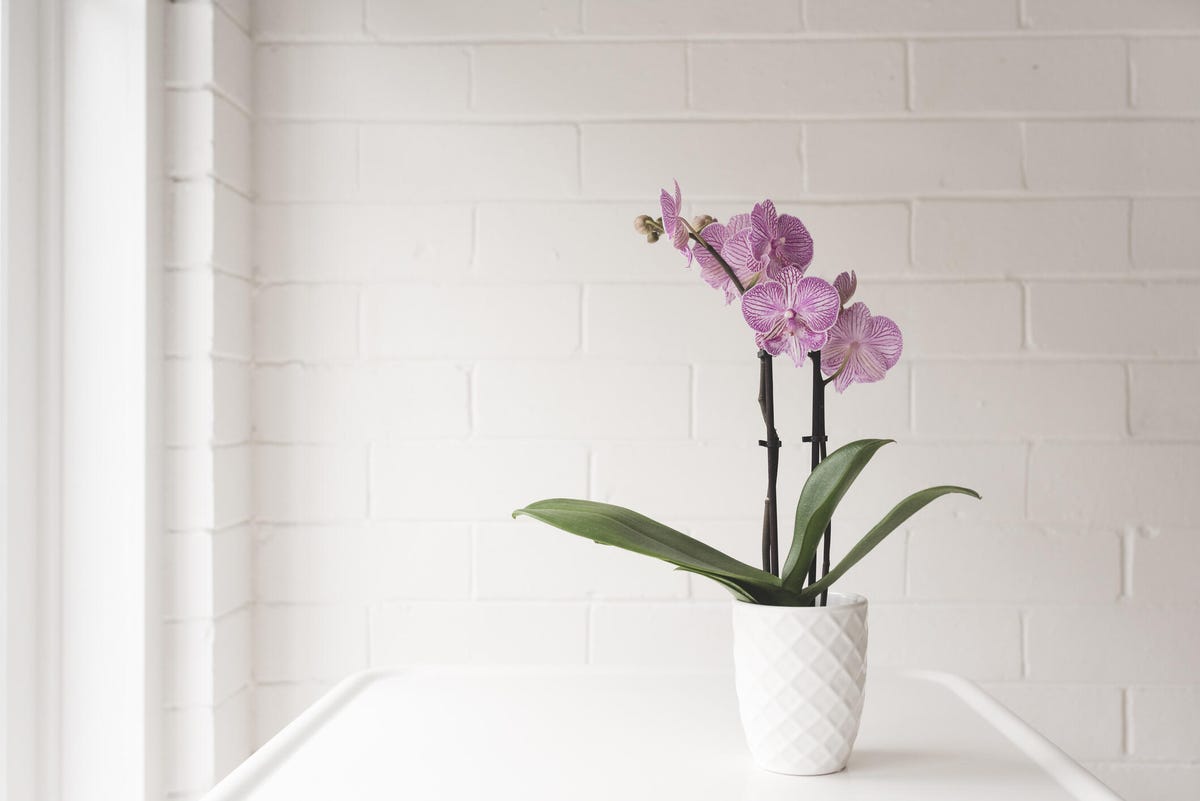
These flowers last up to 4 months in low light conditions.
Getty Images
These exotic looking flowers are very easy to grow. It doesn't need direct sunlight, so you'll need to wait until the soil dries between waterings. This means you don't need to water as often.
These plants come in two standard sizes: varieties less than 12 inches and varieties that reach 18 to 24 inches tall. Phalaenopsis flowers can remain in bloom for up to four months and are ideal for low-light locations.
Golden Pothos (Epipremnum aureum)
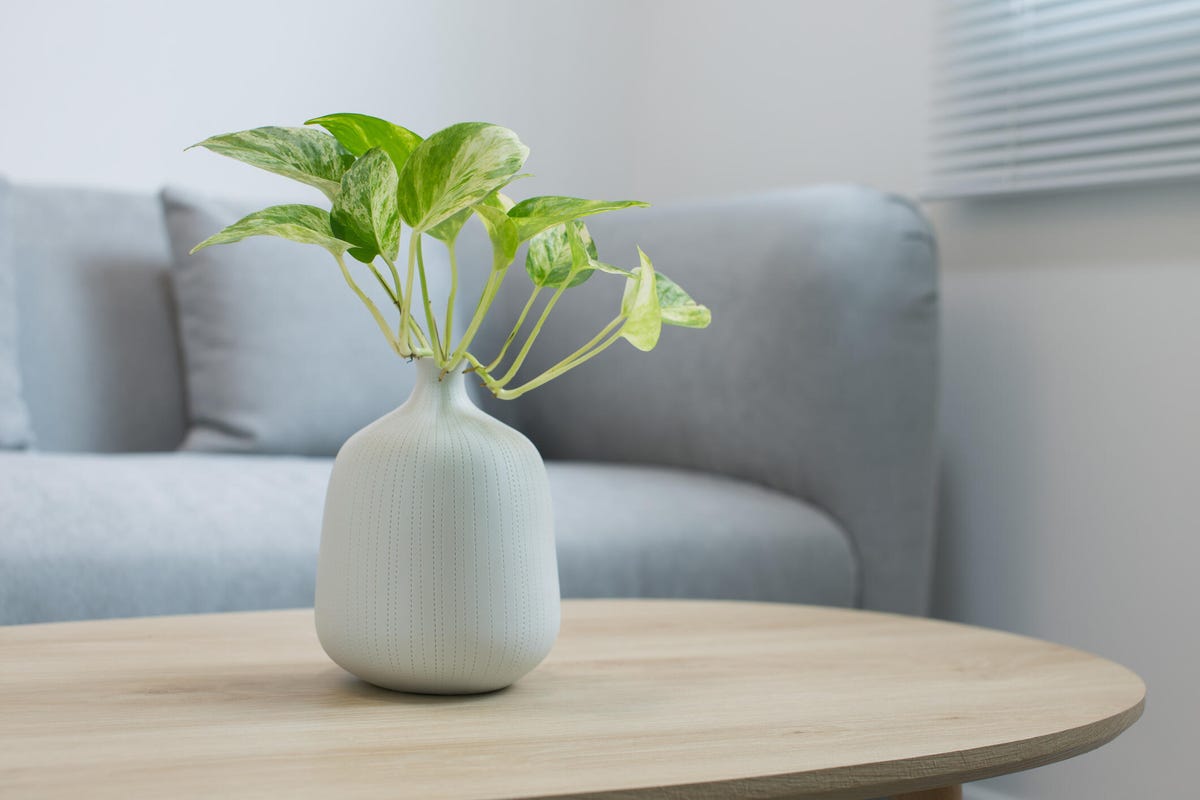
In the wild, Golden Pothos grows up to 40 feet long.
Getty Images
This strong-willed climbing plant can survive indoors in well-lit conditions. It can grow up to 40 feet long in the jungle, but it grows better in the home hanging or in a pot.
Golden Pothos does not require a lot of light and prefers a partially shaded environment. It is extremely durable and adds a bright and cheerful green color to any interior.
Plants that don't require much watering
Let's be honest, keeping something alive is a time-consuming responsibility. When you water your plants, you may feel let down. Not to worry.
Your plants will forgive you if you forget to water them for a few days or go on vacation. You can endure it for several days or even a week without any harm.
Spider plant (Chlorophytum comosum)
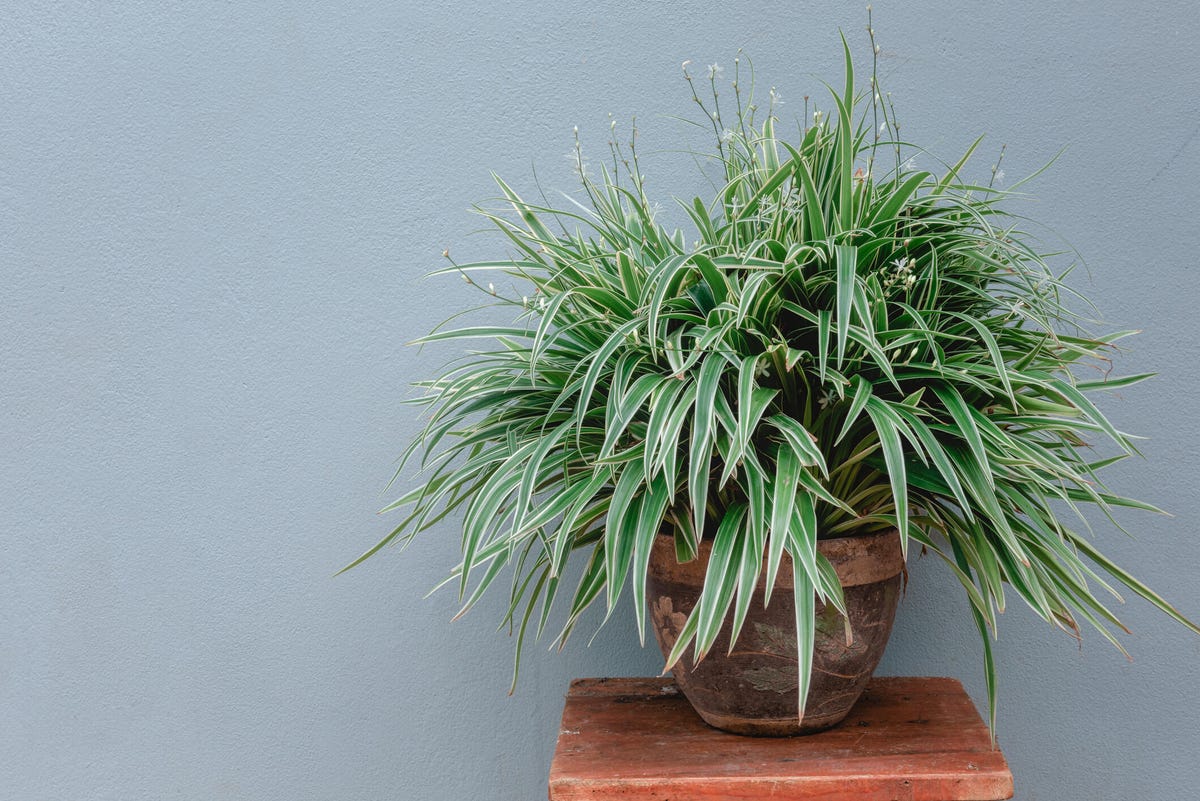
Spider plants do not need to be watered frequently.
Getty Images
Vast spider plants are rarely thirsty. In fact, they can survive for more than a week without H2O thanks to their nutrient-storing tubular roots. However, if the tips of the leaves start to turn brown, give it some water.
The best way to store and display spider plants is in hanging baskets or tall planters with long leaves hanging to the sides. When it comes to light, spider plants prefer indirect light, not too bright, and not full shade.
ZZ Plant (Zamioculcas zamiifolia)
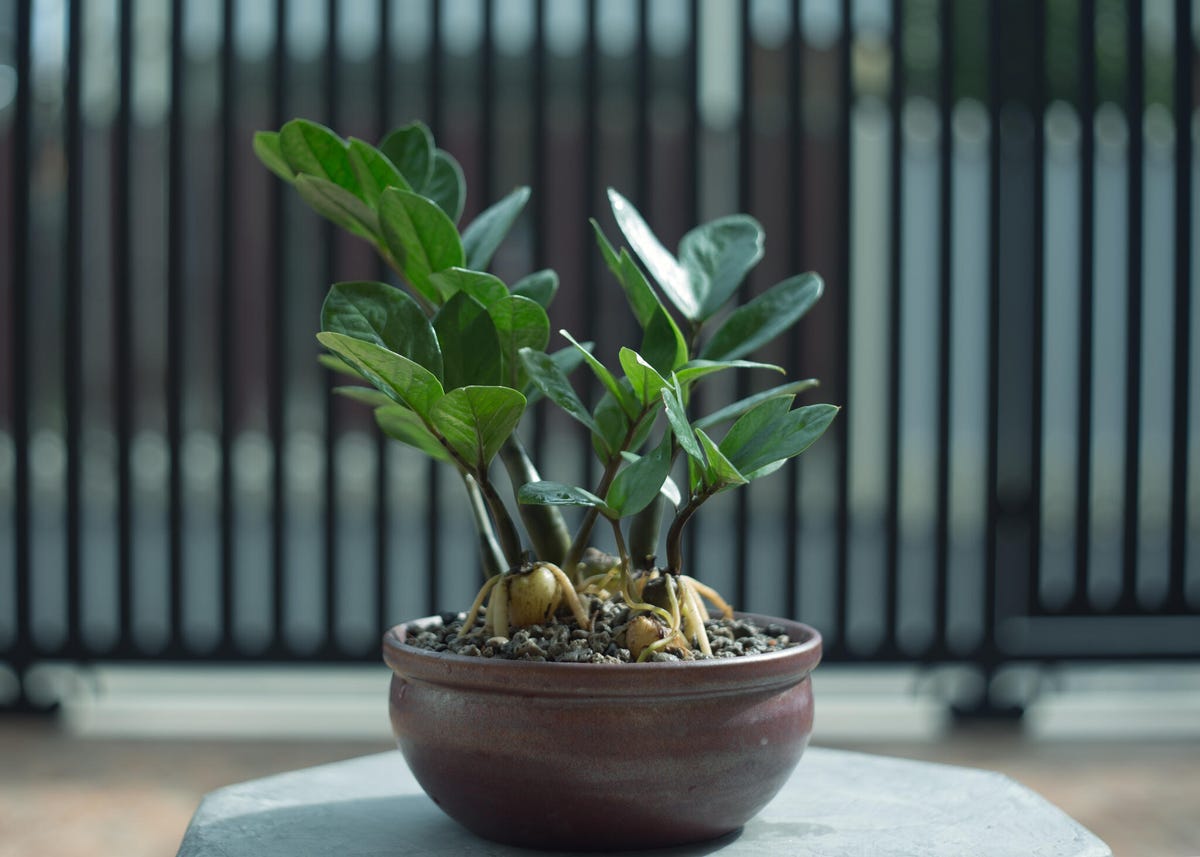
Thick, waxy leaves help ZZ plants conserve water.
Getty Images
This plant tongue twister is almost indestructible. It can withstand various lighting conditions and can be used without water for a long time. The bright green leaves are thick and waxy and help conserve water. Overwatering may be this plant's biggest enemy.
It is also important to keep the leaves free of dust. Therefore, wiping it occasionally with a damp cloth or paper towel is very helpful in keeping your ZZ plant healthy. This plant is perfect for interior spaces and is also a great plant for travelers.
Succulent family (Echeveria)
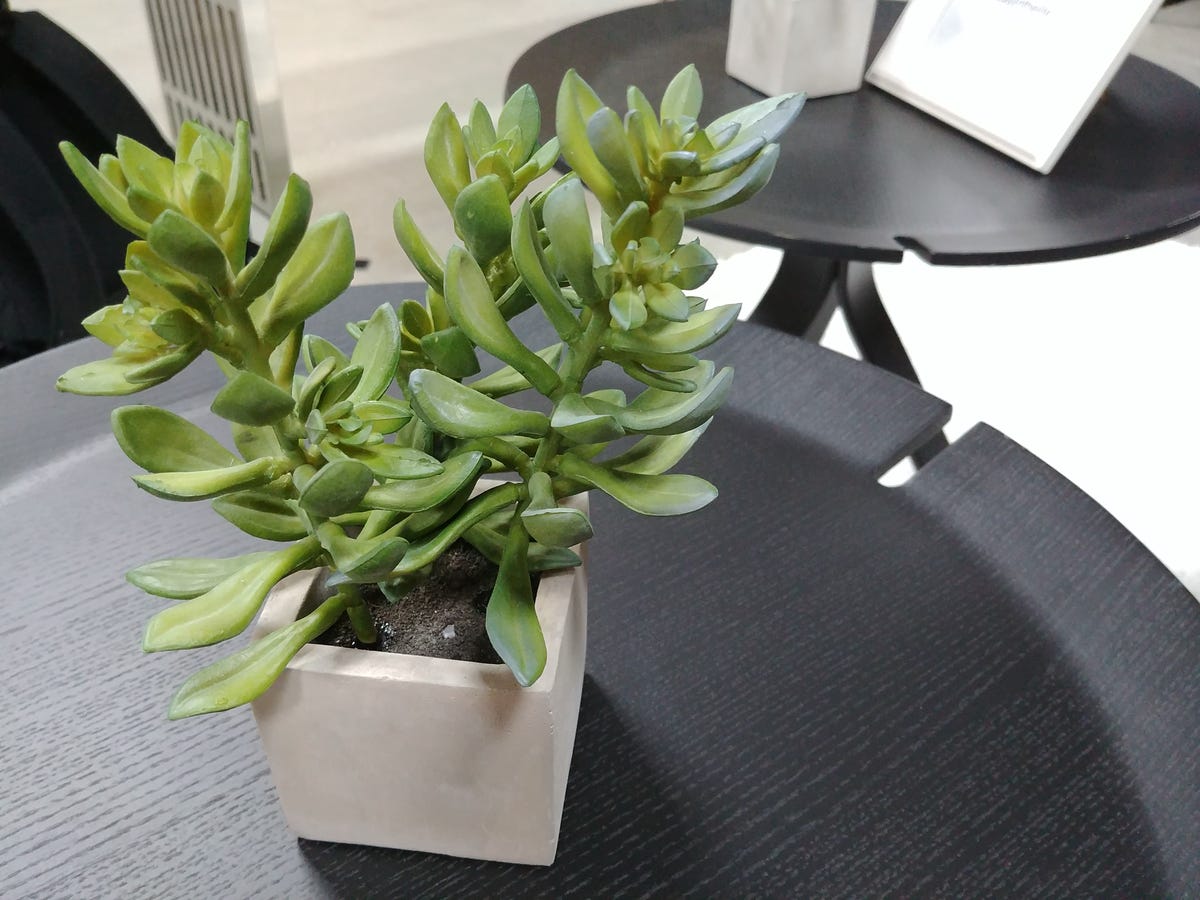
Succulents require very little watering.
Getty Images
Succulents have become very popular in interior design these days, accentuating everything from desks to kitchens. Although they require a moderate amount of natural light (most prefer full, direct sunlight), plants in the succulent family do not require much water.
As with ZZ plants, overwatering is a greater risk than underwatering. Succulents come in dozens of varieties that come in a variety of beautiful colors, shapes, and sizes.
Even if your big toe isn't the greenest plant, these indoor-friendly plants will grow in your home's climate and will likely improve it and look great at the same time.
For more gardening and plant hacks, read about how to grow your own vegetables and how to change the color of hydrangeas.

